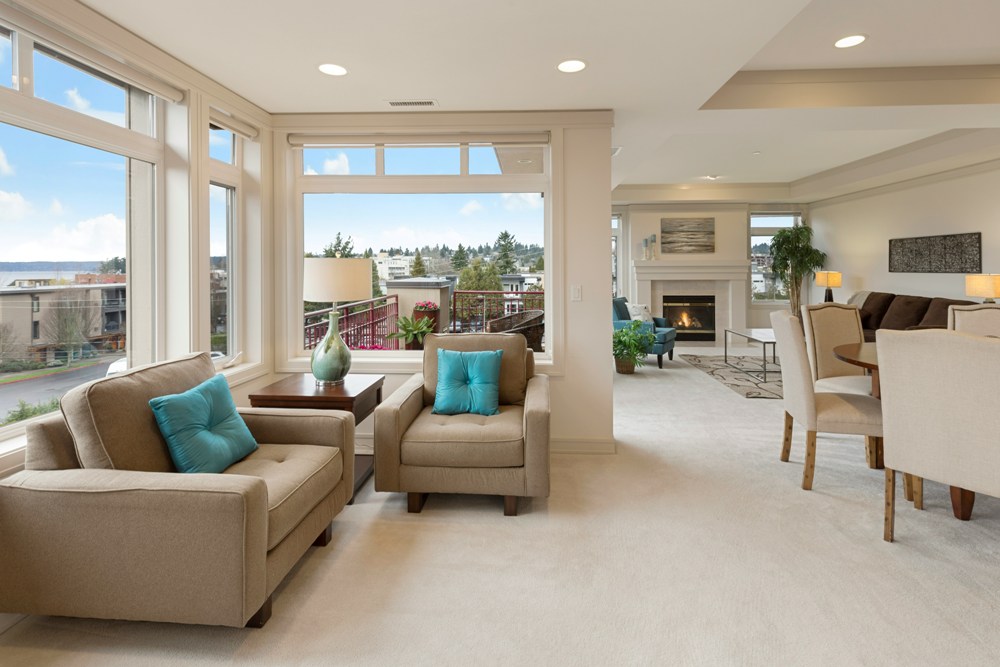
As freeholders and property owners seek stability and security for their investments, building insurance for freeholders stands out as an essential safeguard. Freeholder Building Insurance, a reliable provider in the UK, offers coverage specifically designed for leasehold properties, blocks of flats, shared freeholds, and other multi-dwelling structures. Working in collaboration with their insurance partner, the Alan Boswell Group, Freeholder Building Insurance provides solutions tailored to meet the unique demands of freeholders. Freeholder building insurance, also known as freeholder buildings insurance, covers the financial costs of repairs or damages to a property's physical structure. For freeholders managing buildings like flats or maisonettes, this type of insurance is crucial. It includes coverage for structural components, from the foundation to the roof, and permanent fixtures that are part of the building. While freeholder building insurance protects the property's structure, it does not extend to the contents of individual flats. For that, leaseholders typically arrange their own contents cover. However, the freeholder's policy can protect shared areas within the building, such as communal gardens, stairways, and hallways.
Essential Reasons for Multi-Dwelling Buildings
For freeholders of blocks of flats or similar multi-dwelling buildings, having appropriate buildings insurance is not just recommended—it's often a legal responsibility. Freeholders must ensure the entire structure is covered against potential damages, including fire, flooding, or storm damage. The insurance requirement aligns with most lease agreements, where the freeholder must take responsibility for the building's repair and maintenance. In cases where the building becomes uninhabitable, freeholder buildings insurance will cover alternative accommodation costs for affected leaseholders. The coverage provides peace of mind for both freeholders and leaseholders, knowing that they're protected in situations where the property might require extensive repairs.
Key Components of Freeholder Buildings Insurance
Buildings insurance policies for freeholders typically include several key components, each designed to cover different scenarios that may arise with multi-dwelling properties:
- Accidental Damage and Third-Party Liability Cover: Accidental damage cover protects against unforeseen incidents, while third-party liability cover offers protection if someone is injured on the property. The aspect of freeholder insurance helps cover potential legal fees, a significant relief for property owners.
- Joint Freeholder Building Insurance: For properties co-owned by multiple freeholders, joint freeholder building insurance simplifies coverage. The shared policy will ease the administrative load and ensure that all areas of the building are adequately covered, providing an organized approach to property insurance.
- Block Insurance for Shared Freeholds: Block insurance is a comprehensive policy often used for buildings with multiple flats or shared freeholds. The policy type is typically structured to include every part of the building and its shared spaces, ensuring every flat within the block is covered under a single insurance arrangement.
- Liability and Terrorism Cover: While sometimes optional, liability insurance will provide essential protection against claims related to injuries occurring on the property. Additionally, terrorism insurance is available as an add-on, covering damages in the unlikely event of a terrorism-related incident.
The Arrangment of Building Insurance
One notable feature of buildings insurance for freeholders is how it's often recouped through service charges. The charge is paid by leaseholders and covers the annual cost of maintaining the building, which will include the insurance premium. Service charges may also contribute to other expenses, such as the upkeep of communal areas and maintaining facilities. By arranging buildings insurance, freeholders will ensure they have adequate coverage for any structural damage or emergency repairs while responsibly managing the service charge allocations. Working with a reliable provider like Freeholder Building Insurance ensures that costs are reasonable, often adjusted based on recognized independent price indices, and transparent for all parties involved.
The Role of Professional Guidance
Arranging the appropriate insurance cover for freehold properties can be a complex process. Given the various factors involved—such as valuations, service charges, and understanding the legal requirements—consulting with experienced insurance providers is highly beneficial.
In the complex landscape of property ownership, having comprehensive coverage provides freeholders with essential financial security. Building insurance for freeholders helps protect against unforeseen costs associated with maintaining a property's structure and shared areas. With Freeholder Building Insurance, property owners can rest assured they have reliable support for their unique needs.
Frequently Asked Questions
- What is freeholders buildings insurance?
- Freeholders buildings insurance covers the physical structure of a building, including common areas, providing essential protection for property owners.
- Do leasehold property owners need flats insurance cover?
- Yes, leasehold property owners typically need flats insurance cover to protect their personal belongings, while the freeholder insures the building's structure.
- Can a property management company help with arranging freehold insurance?
- Yes, many property management companies can assist in arranging freehold insurance, ensuring the building and shared spaces are adequately covered.
- Is leasehold buildings insurance different from freehold buildings insurance?
- Yes, leasehold buildings insurance typically involves the freeholder insuring the building while leaseholders are responsible for their own contents insurance.
EDITORIAL POLICY
The Flash List is dedicated to providing trustworthy editorial content by maintaining strict ethical standards, journalistic integrity, and credible professionalism regardless of any remuneration as working media. The Flash List is not affiliated with third-party companies mentioned and makes no endorsement or guarantee expressed or implied. The preceding article, which contains affiliated link(s) for which compensation was received, is intended for informational reference only and does not constitute advice of any kind. Moreover, a qualified professional should be consulted regarding any lifestyle consideration, medical treatment, or monetary transaction, etc. Content is published in accordance with USFTC regulations and terms and conditions.
MORE ON THE FLASH LIST
































